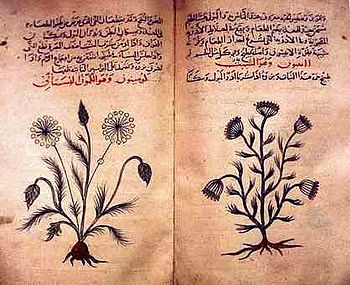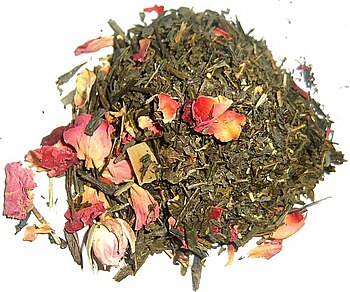 |
| Some elements for Médecine chinoise in Xi'an (Photo credit: Wikipedia) |
The marvels of Chinese herbs have continued to charm and help people all
over the world for a very long time. Almost all medicines have been created by
mixing them in different quantities and proportions. The Chinese herb logy is a
vast field that consists of numerous types of herbs possessing a wide range of
properties and specialties.
Chinese herb basically possesses a specific taste, temperature, and certain
special characteristics. The basic tastes are sweet, bitter, salty, pungent, bland,
astringent, and aromatic. Some are known to poses herbs are mixed together on
the basis of their tastes and temperatures.
Sweet herbs are sticky in nature and if they are mixed with a cold herb
they are useful in creating a medicine that is useful for fluids. The yin
property allows the energy of the body to be restored and also cure stomach and
urine problems. The sweet herbs are sticky so they help in clogging the
misplaced elements of the body. The bitter taste herb possesses the quality of
dryness.
So whenever there is a defiance of yin in the body this herb is used to cure the problem. The pungent herbs assist in the movement functions of the body. When this herb is mixed with a cold herb it is useful in solving joint problems and regulating the other movements of the body. The salty herb poses the quality of codifying and dissolve. It is mostly obtained from the marine world which is why the salt content is high in these herbs. Whereas the astringent herb is useful in supplying useful components to the body.
Apart from these properties herbs also poses properties such as hotness, coolness, coldness, warmth, and neutral. All these are combined with the above-mentioned herbs to give you the best medicine for your problem.





